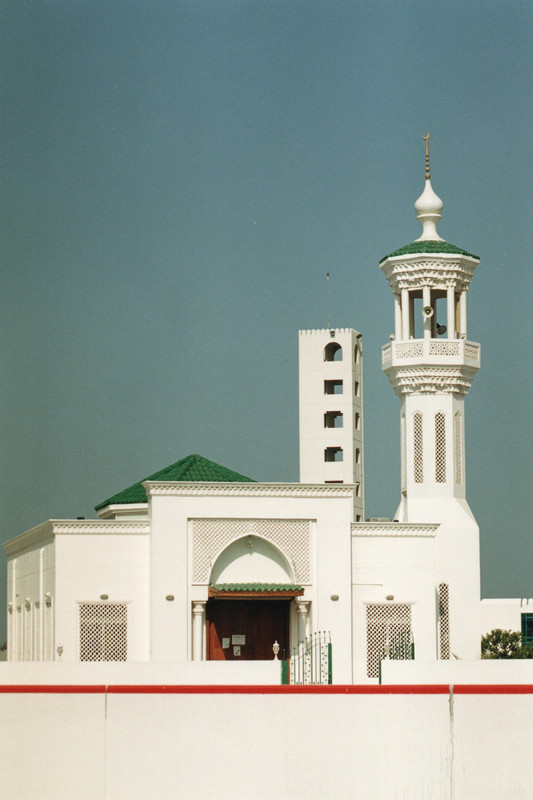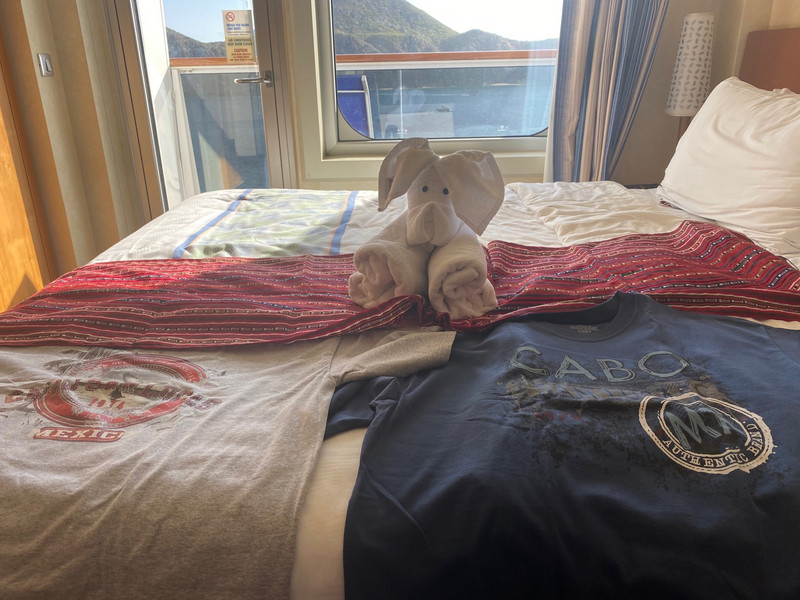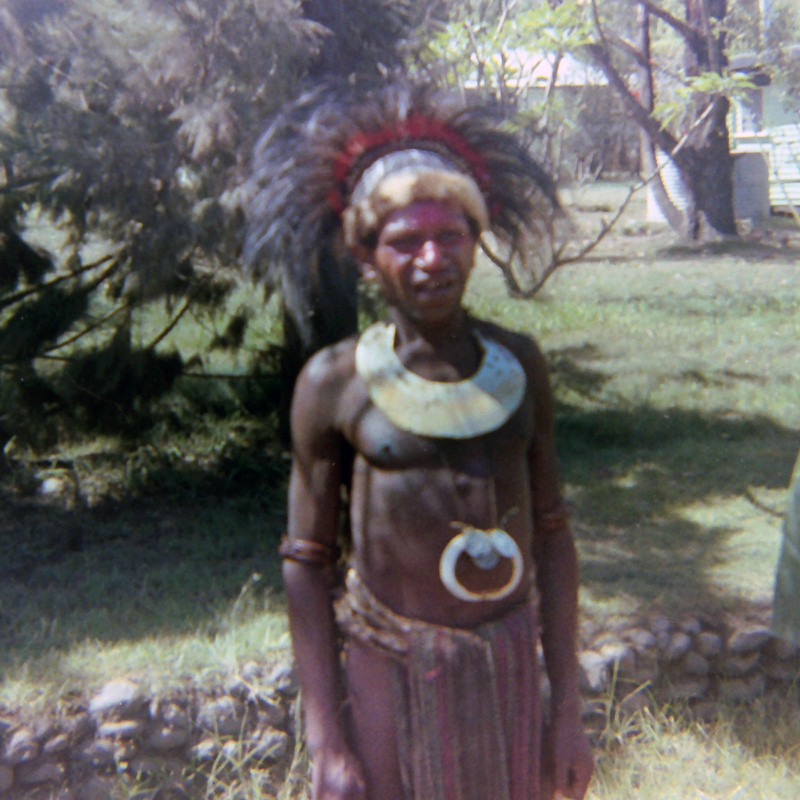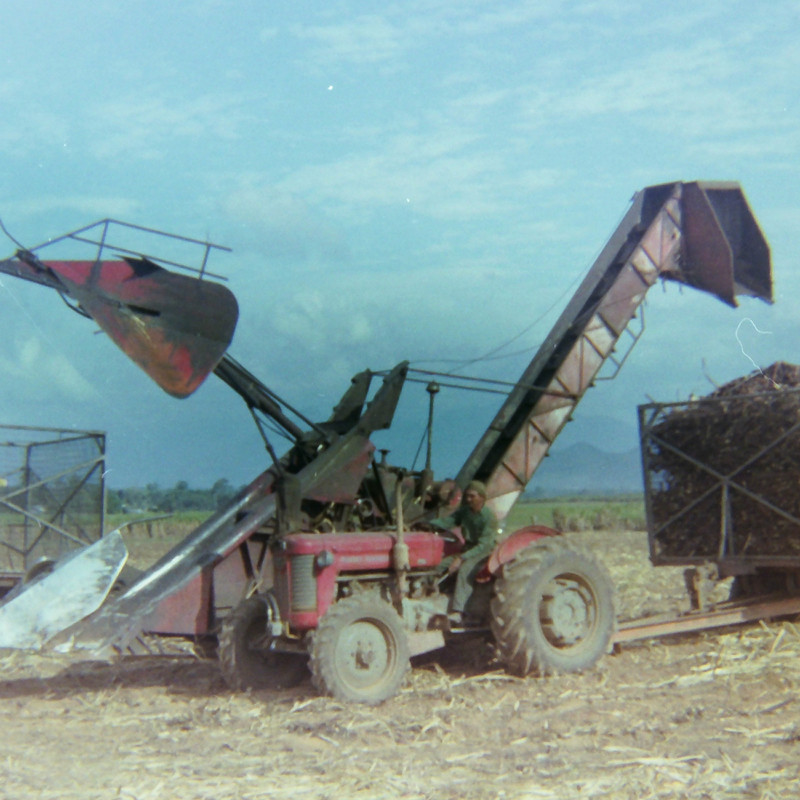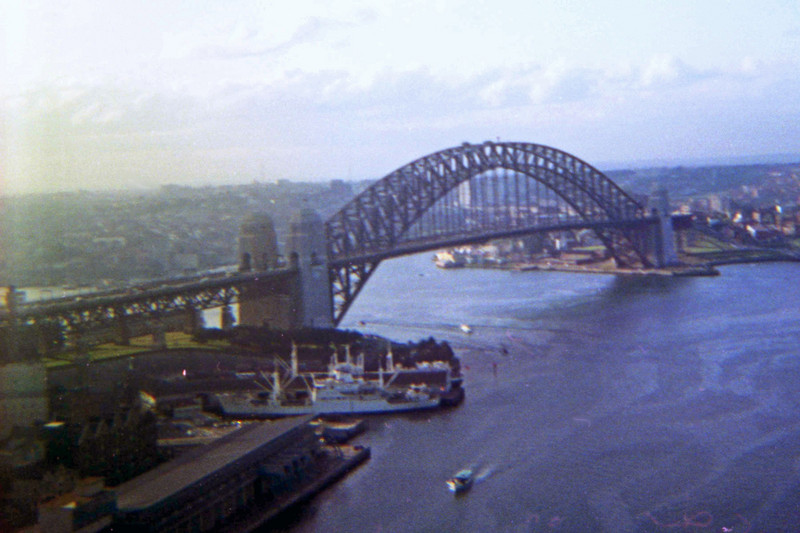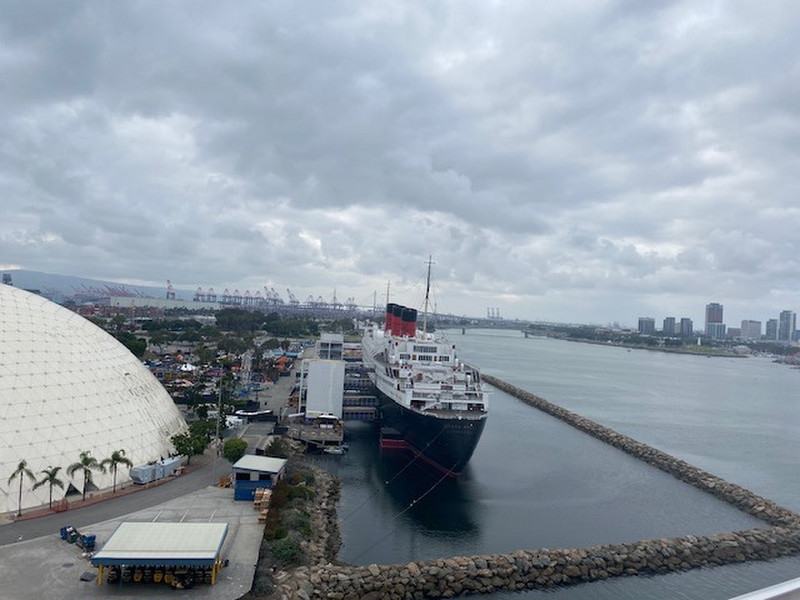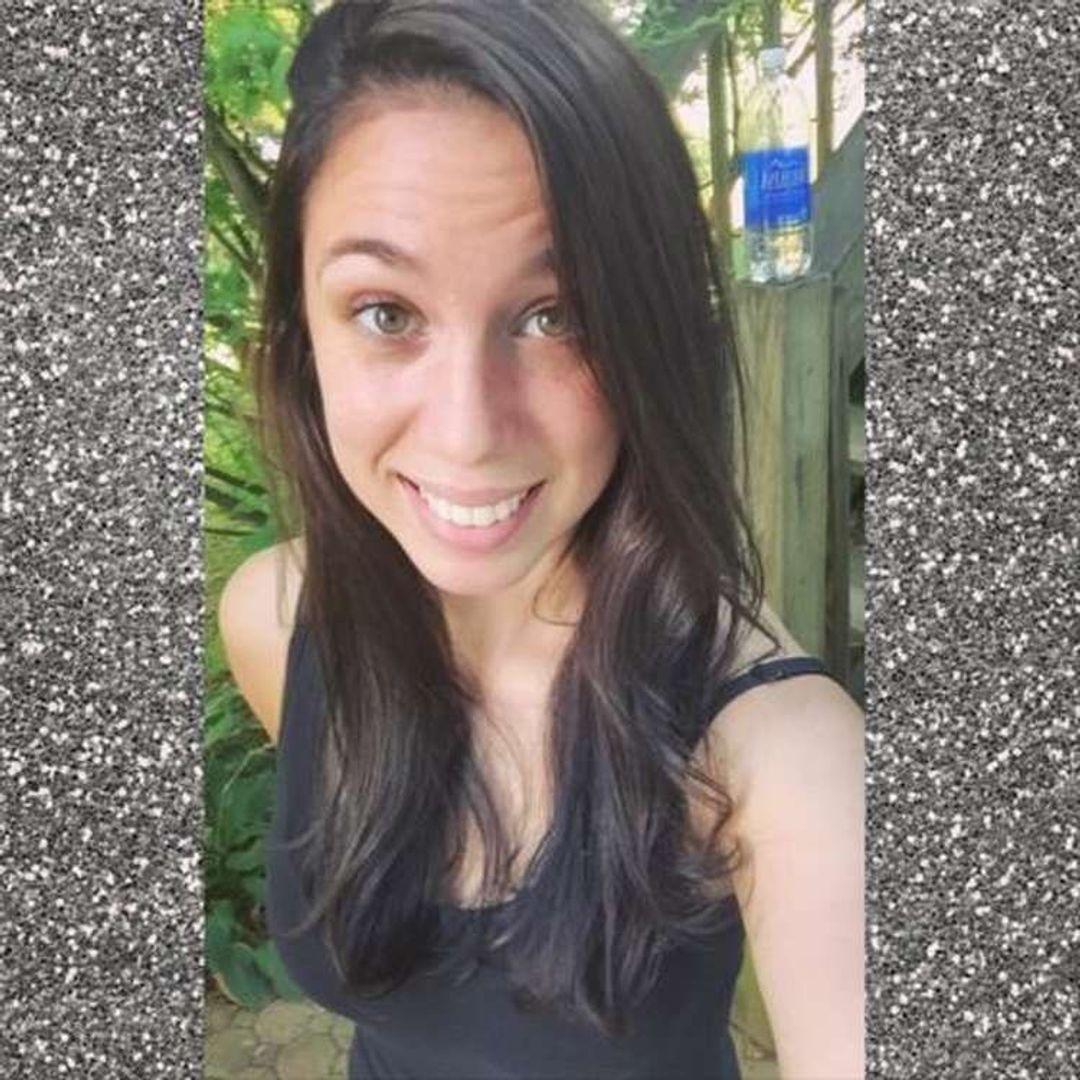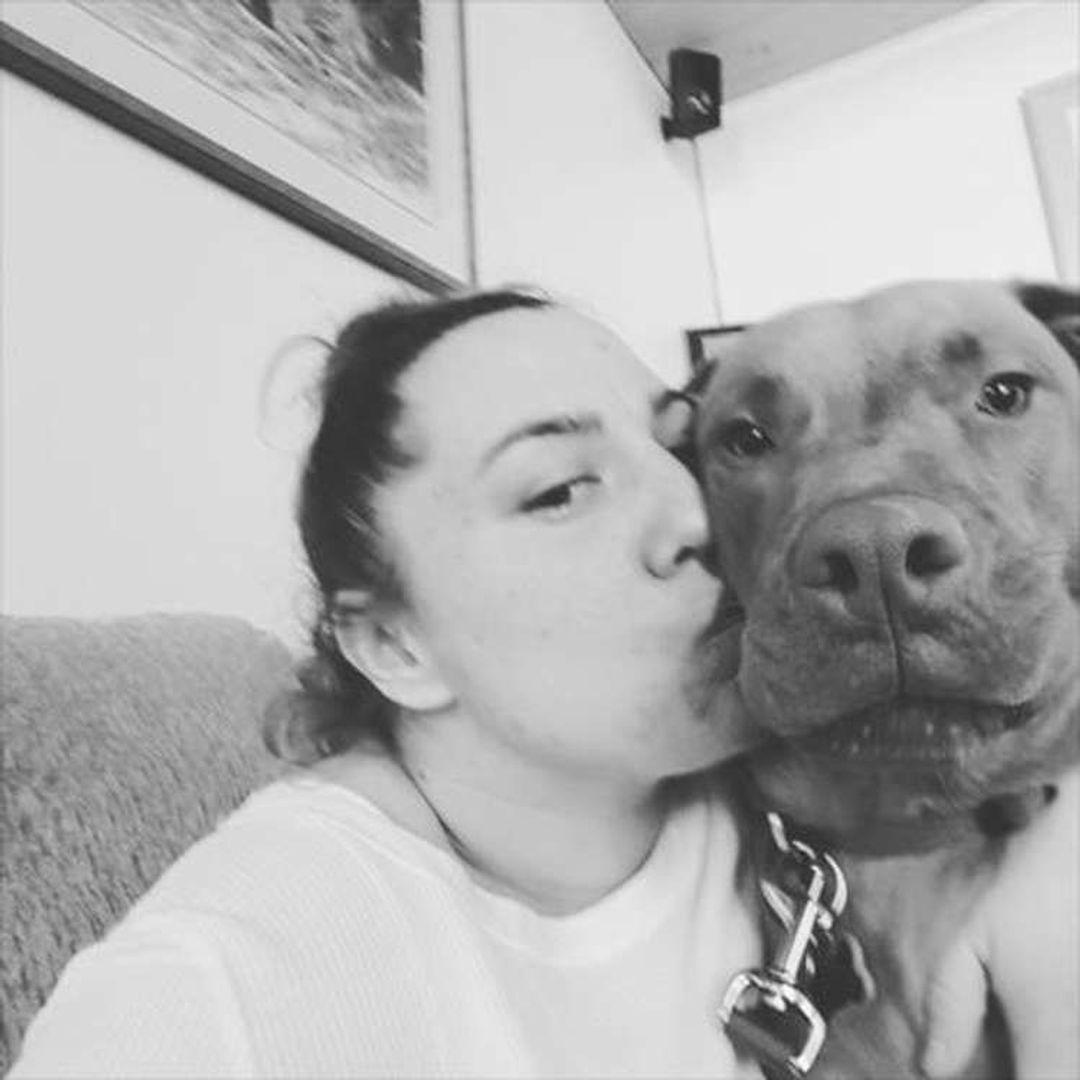Our starting intention was to visit the Strait of Hormuz off the tip of Oman. We had the plan of visiting Fujairah on the Gulf of Oman.
We set off at 7:30 and drove along the route I am now familiar with through Sharjah. Leaving the city behind, we travelled past ordinary concrete, buildings interspersed with sand held (for the most part) by low bushes and clumped grasses. There hasnt been any rain since Peggy and John arrived many months ago, except for a brief shower in Sharjah City. What astonished me was that the whole highway was furnished with street lights down the divider (4 lanes).
After at time, we came to Ajman , a small city with the multitudes of shops for small equipment and car parts. There was a large aluminum plant (run and developed by Canadians), thus cast aluminum that looks like wrought iron was everywhere. I particularly liked the extensions to raise the height of the boxes of small pickups by about a foot.
Shortly after that, mountains loomed startlingly from the haze. Their sudden size made me realize how much dust and haze is You cannot ever see far. The mountains look
very crumbly and are obviously pressed out of the earth by movement of the plates. The curves of their striations are to the character of the Rockies.
This was Ras al Kaimah . We drove along and around the mountains. A few miles beyond a gigantic cement plant – which added immeasurably to the dusty haze, we came to Shaam . The border was just beyond but wasnt marked, and we got lost in a residential area for a bit. Here and in most places, the walls around the houses were what one could see from the outside and were quite well kept. The first sign of increasing was a decorated, but solid gate. Then the whole wall would be decorated. The ground along the wall was rarely groomed except for the more modern villas.
The border with Oman was a very small feature - a guard by a box and a small building for discussing passports and visas. The windows were mirrored. Peggy had to put her face down to the hole for passing through documents. In seeing her passport and Johns, the official pushed through two pink exit cards to be completed.
When Peggy pushed through my passport and visa, the official cheerfully took the UAE visa and said he would cancel it for us! No No!, says Peggy! We needed a visa for Oman. After a few fruitless repetitions of this, which nearly left me stateless on the border line, Peggy got across to him that we had decided not go to Oman but would go home. Yes, go home, he politely and cheerfully advised. The transaction was without any malice or officiousness. An Australian couple dealing at the next window sympathized and assured us we were still a mile from the actual border.
We reasoned that these were Emirati officials who just worried about UAE visas. When John and Peggy had taken their son to Muscat in Oman a month ago, the officials were Omani – happy to sell a visa and leave the UAE visa untouched. (Peggy and John may try again on their own next weekend.)
Fortunately, we were happy with plan B, crossing the peninsula to Fujairah. John was interested to see the mangrove swamp there, described in the Natural History Museum.
that RAK city, as it is known, is in a fertile area. (They dont seem to use the term oasis.) Having ground water, palms grow profusely. Drip irrigation enables lush market gardens, very intensively planted and shaded with green houses - tunnels of fabric spread over metal (aluminum?) hoops.
Further on, the land returned to sand, with clumps of grass and isolated acacias, until we came again to the mountains, which followed the coast line. This time we drove through the mountains in valleys that sometimes supported palms and clumps of grass. There were few villages, although occasional signs pointed to more along side roads.
Perhaps more than halfway through the mountains we came to the Friday Market. When my brother had mentioned it once, I thought he meant a Friday market.
